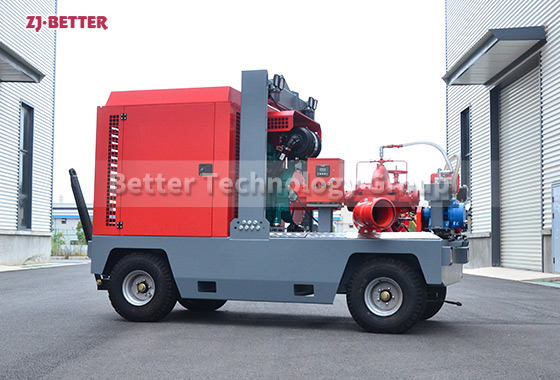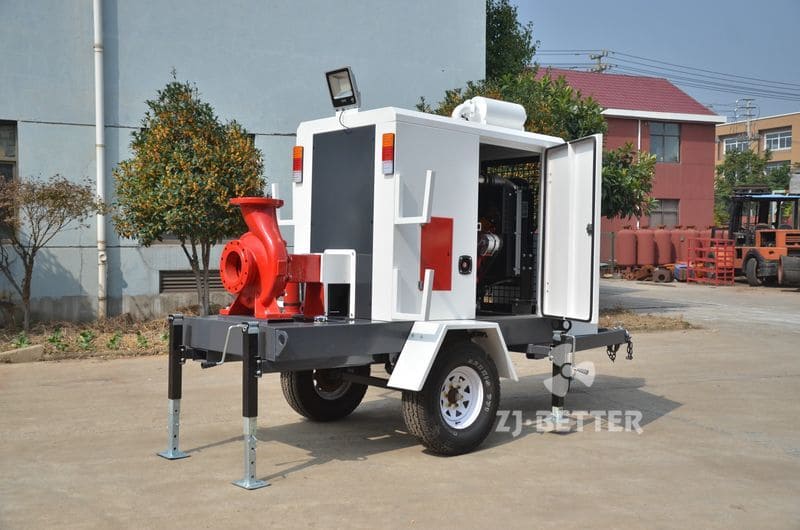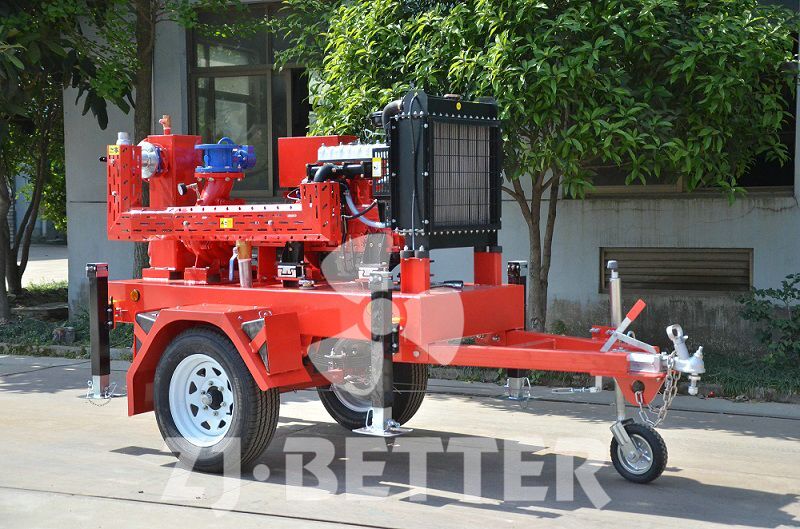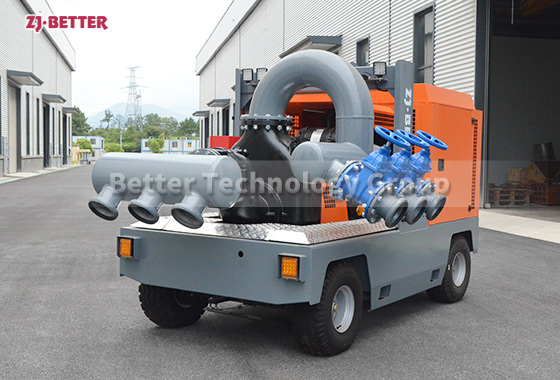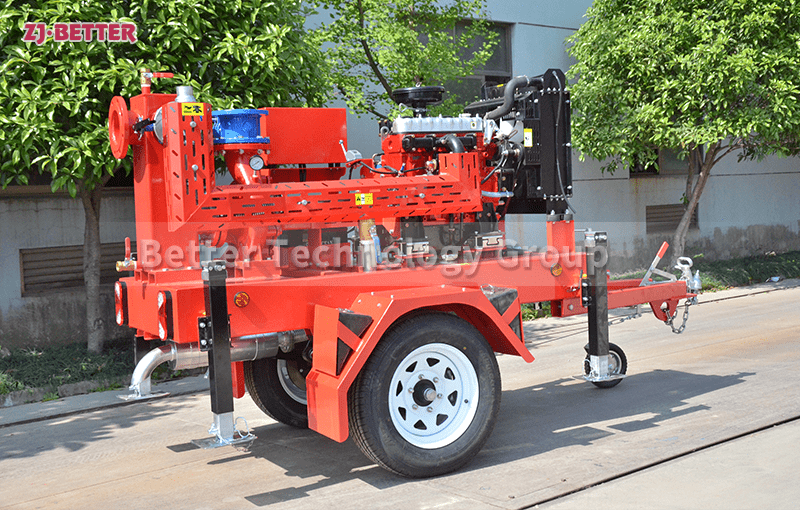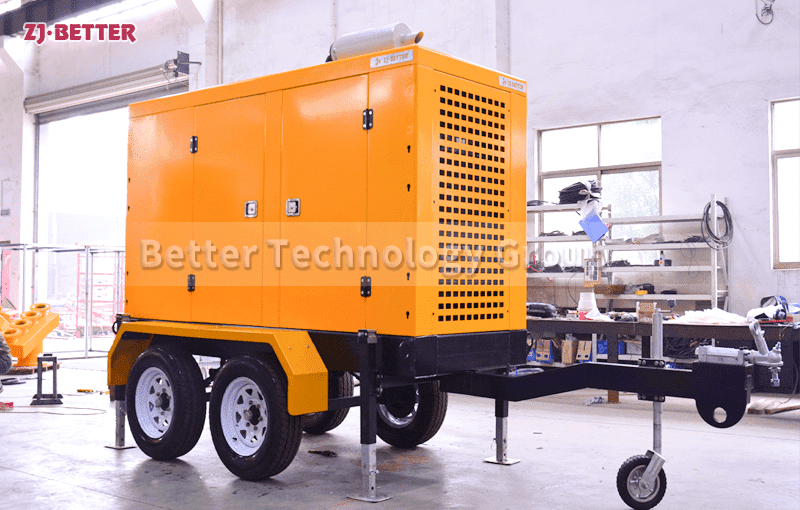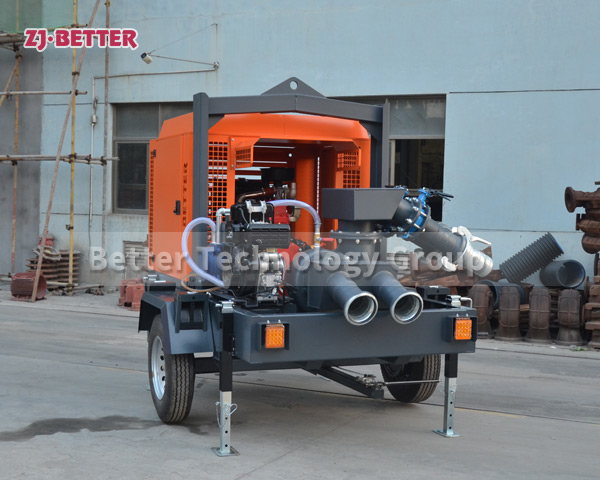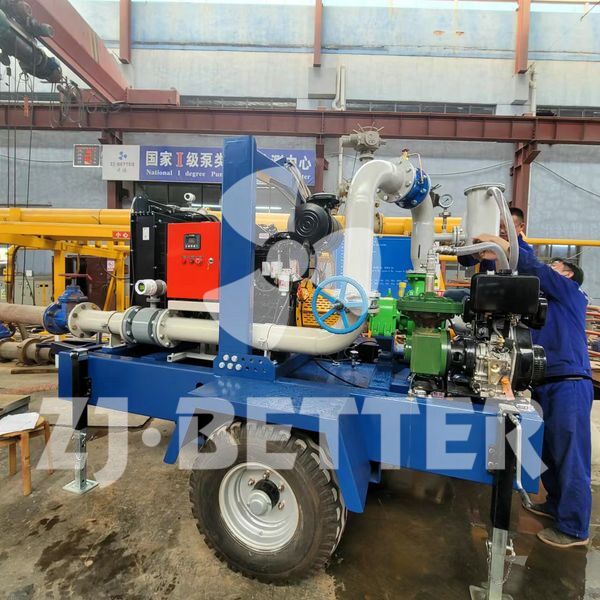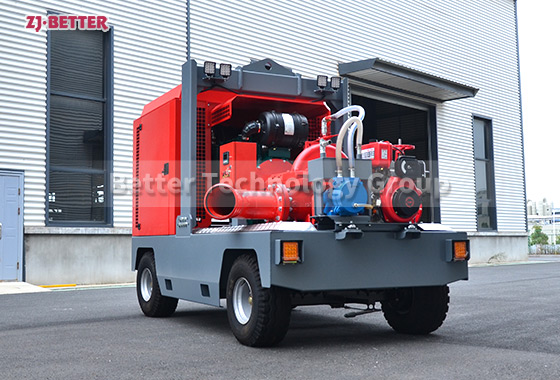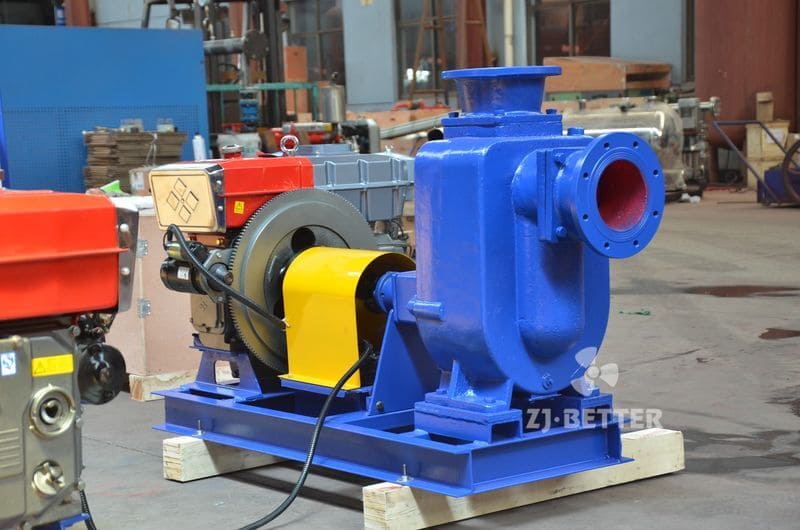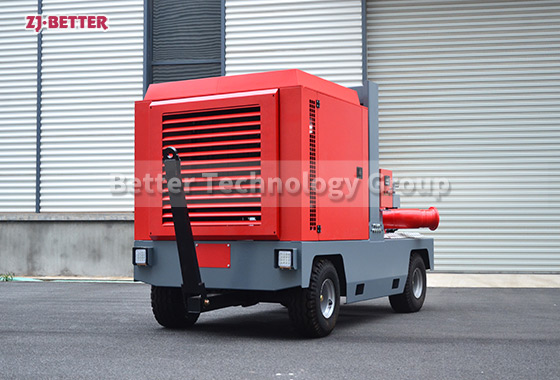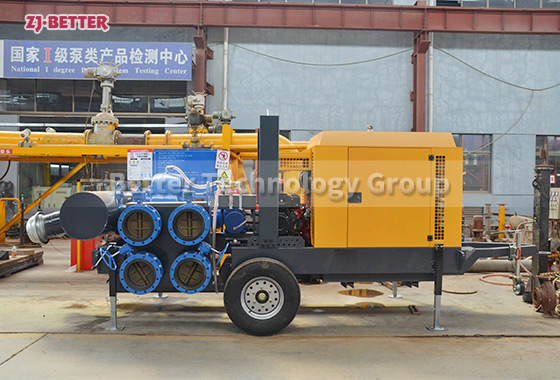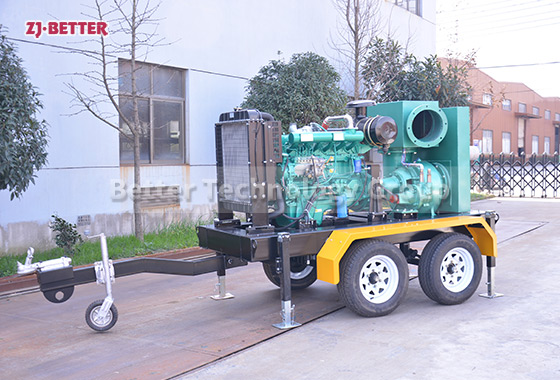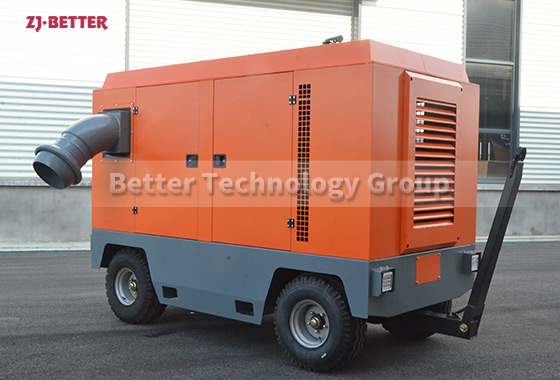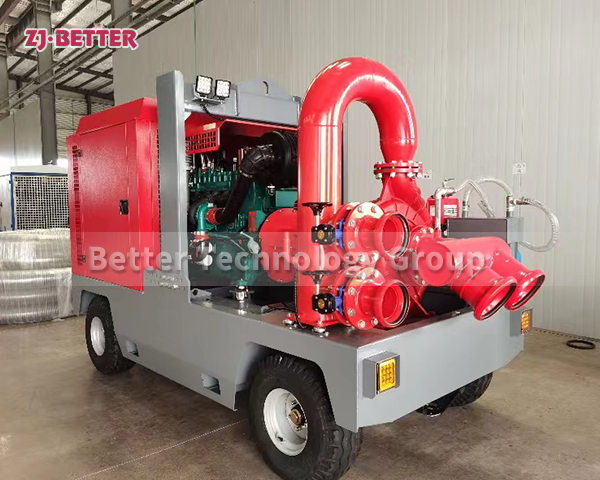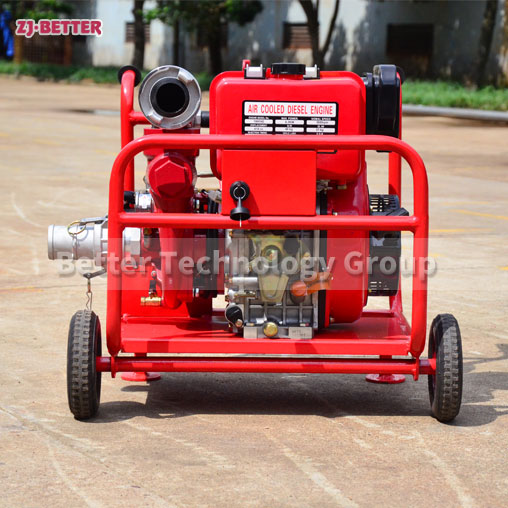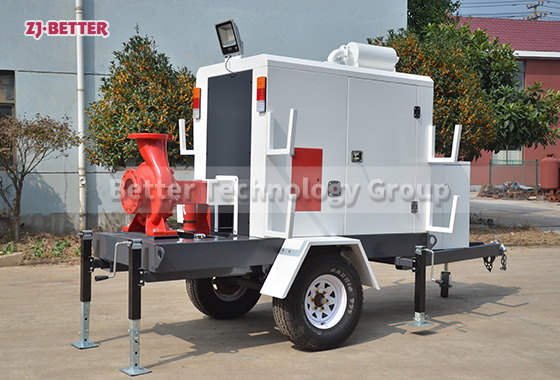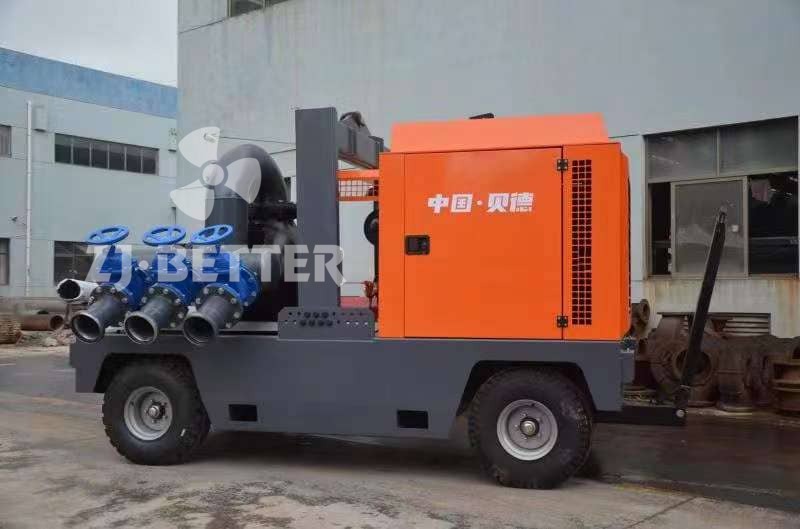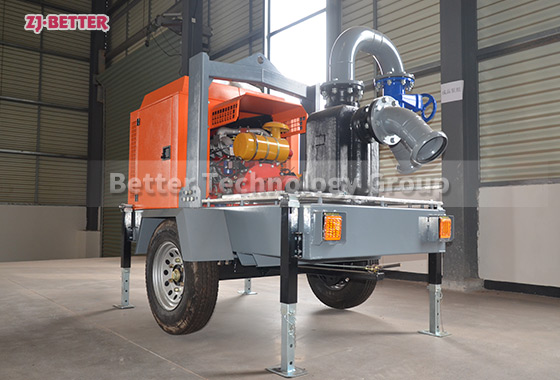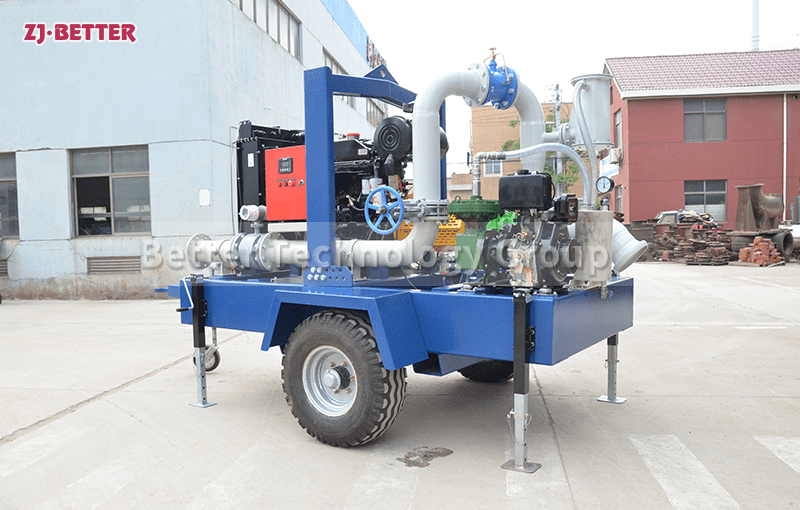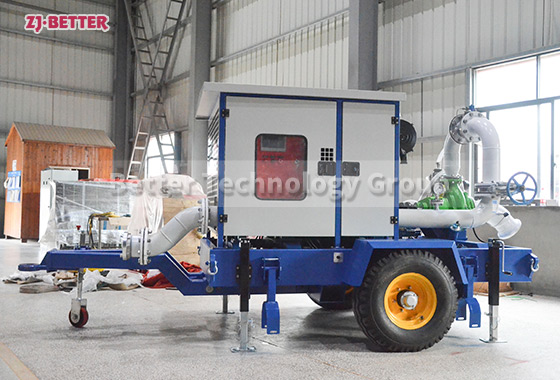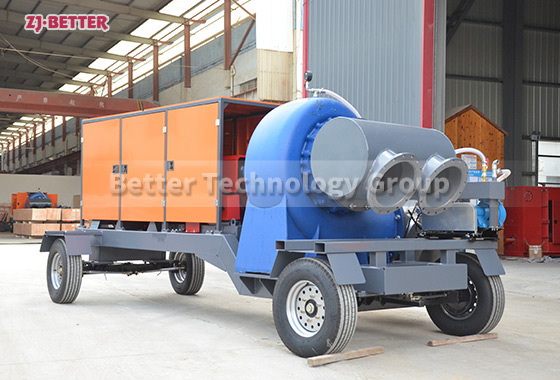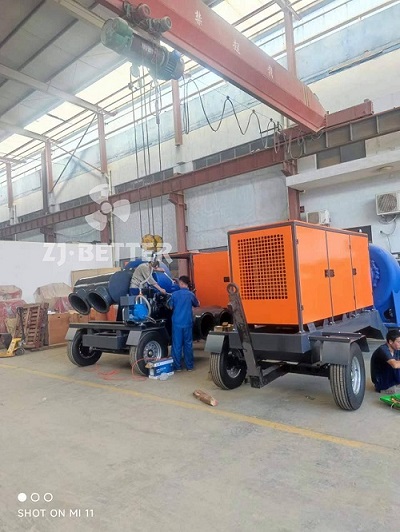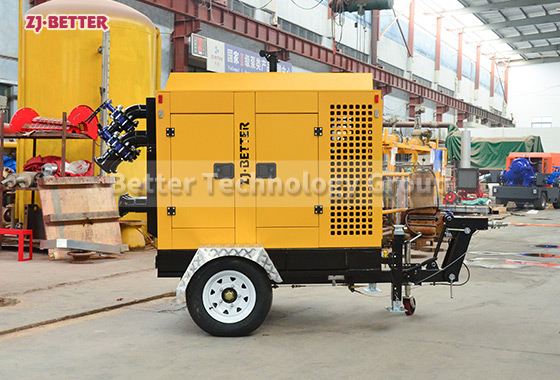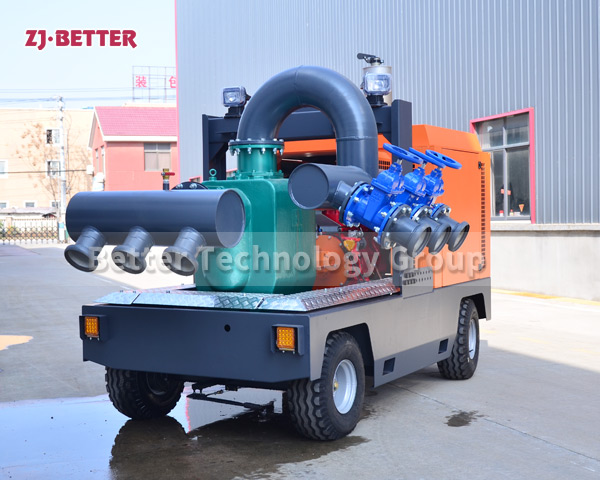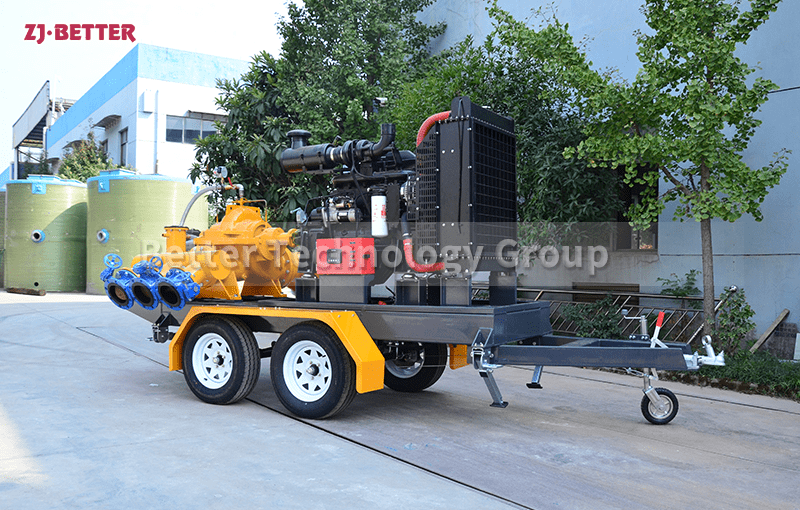What are the maintenance requirements for a flood control pump truck?
The maintenance requirements for a flood control pump truck are essential to ensure its reliable performance and longevity. While specific maintenance procedures can vary depending on the make and model of the pump truck, as well as the manufacturer’s recommendations, here are general maintenance considerations:
The maintenance requirements for a flood control pump truck are essential to ensure its reliable performance and longevity. While specific maintenance procedures can vary depending on the make and model of the pump truck, as well as the manufacturer’s recommendations, here are general maintenance considerations:
1. **Regular Inspections:**
– Conduct routine visual inspections of the pump truck, including the pump mechanism, hoses, and engine components. Look for signs of wear, damage, or leaks.
2. **Fluid Checks:**
– Regularly check fluid levels, including engine oil, hydraulic fluid, and coolant. Maintain these fluids at the recommended levels and change them according to the manufacturer’s guidelines.
3. **Pump System Inspection:**
– Inspect the pump system for any debris, clogs, or damage. Ensure that the impeller and other pump components are in good condition.
4. **Hose and Fitting Inspection:**
– Examine intake and outlet hoses, as well as fittings, for wear, cracks, or leaks. Replace any damaged components promptly to prevent performance issues.
5. **Engine Maintenance:**
– Follow the manufacturer’s recommended maintenance schedule for the engine. This may include regular oil changes, air filter replacements, and spark plug inspections.
6. **Battery Checks:**
– Inspect the battery for corrosion and ensure that it is securely connected. Check the battery’s charge level and replace it if necessary.
7. **Transmission and Drive System:**
– If applicable, inspect the transmission and drive system components. Check for proper lubrication and address any issues promptly.
8. **Alignment and Belt Checks:**
– Verify that the pump truck is properly aligned and that belts are in good condition. Misalignment or worn-out belts can affect the performance of the pump.
9. **Greasing Moving Parts:**
– Apply grease to moving parts, such as bearings and joints, as specified by the manufacturer. This helps prevent friction and ensures smooth operation.
10. **Control System Inspection:**
– Test and inspect the control systems, including switches and gauges, to ensure they are functioning correctly.
11. **Emergency Stop System Testing:**
– Verify the functionality of emergency stop systems. This is crucial for ensuring the safety of operators and preventing damage to the pump truck.
12. **Training and Operator Awareness:**
– Train operators on proper vehicle operation and basic maintenance tasks. Encourage them to report any issues promptly.
13. **Record Keeping:**
– Maintain a detailed record of maintenance activities, repairs, and inspections. This documentation can help track the pump truck’s performance and guide future maintenance.
It’s important to refer to the specific maintenance guidelines provided by the pump truck’s manufacturer. Following these recommendations can contribute to the pump truck’s reliability and extend its operational life. Additionally, scheduling regular professional inspections and maintenance by qualified technicians is advisable to address more complex issues and ensure compliance with manufacturer warranties.

